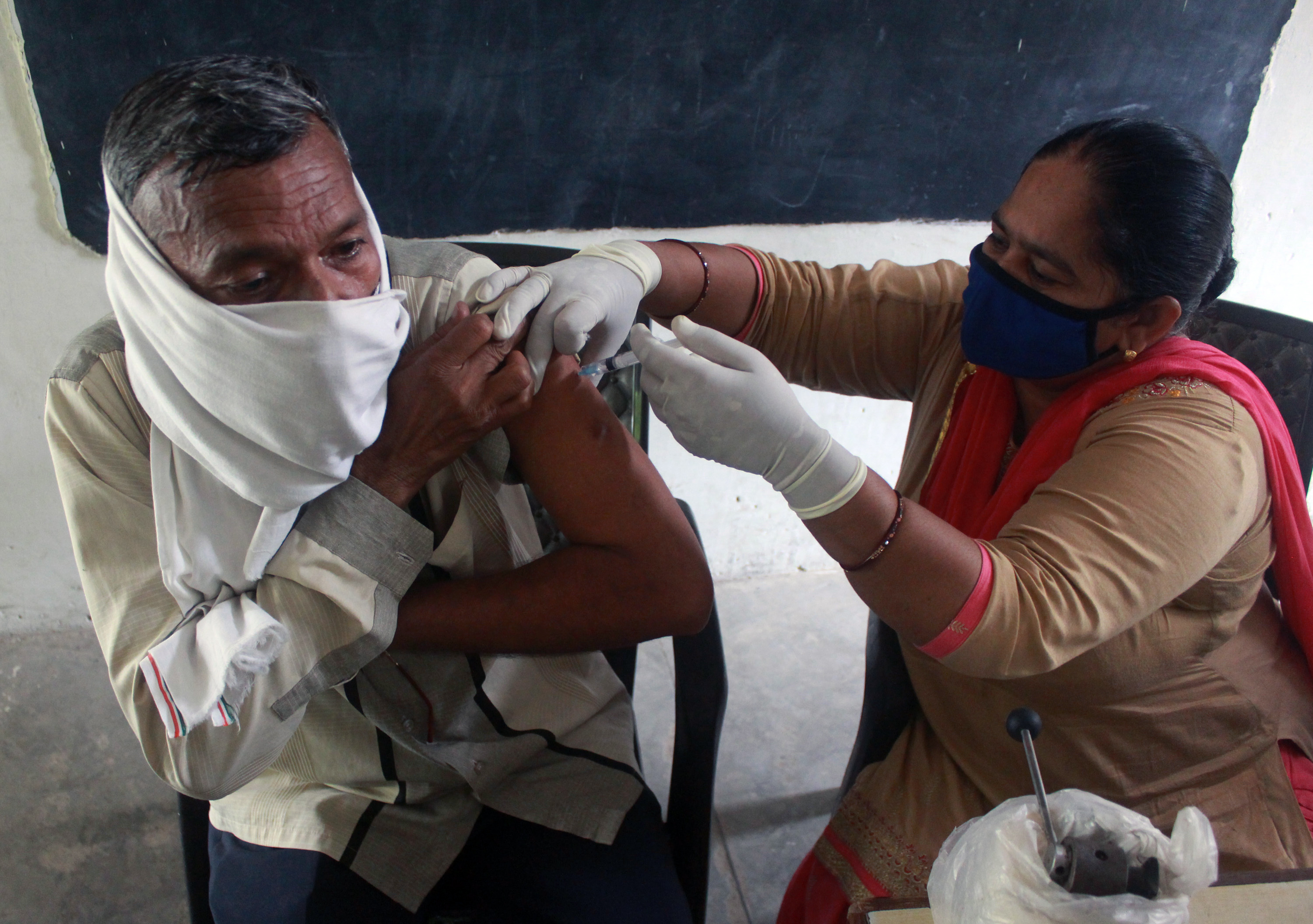New Delhi: In a recent development, the US Food and Drug Administration (FDA) official statement said that Bharat Biotech’s Covaxin was not given emergency usage approval. While the Government of India says this neither affects the production nor the vaccination drive of Covaxin in India, many who have already been vaccinated with Covaxin are now confused. Since WHO has also not granted EUA (emergency usage approval) status to India’s vaccine, many are questioning whether they will be allowed to travel internationally and what happens if such travel is declined to them. Students going abroad for studies are the most affected by these developments. With not much time left for them to start the visa procurement process, they are justifiably anxious.
This is actually a strange development as America’s own expert epidemiologist Dr Anthony Fauci and many in the healthcare system have publicly said that there was evidence that Covaxin protects those taking it against variants of Covid-19.
Dr Chandrakant Lahariya, a highly credited epidemiologist, public health expert and author, told The Sunday Guardian, “Indian vaccines are in no way inferior to foreign made vaccines. It is merely a matter of paperwork as these processes generally take 2-3 months to complete.”
This raises the question as to why Bharat Biotech did not start the process of applying for emergency usage early on before releasing the vaccines? Some may recall that many heavyweight Opposition leaders had condemned the Covaxin early in January and this led to vaccine hesitancy among many elderly citizens eligible during Phase 2 of the drive in India. This was the phase when the policy of Centre’s procurement of the vaccines and distribution to various states was the norm. While some were given Covishield, others were given only Covaxin. Neither did the states have a choice, nor did its people.
After much politics played out, the Centre suddenly decided that it would go for a policy shift, wherein the states could procure vaccines directly from the manufacturers. In addition, the Centre also allowed everyone in the age group of 45+ to be vaccinated.
An official communication from the Ministry of Health dated 21 April stated that vaccine manufacturers would supply 50% of their monthly Central Drugs Laboratory (CDL) released doses to the Government of India and would be free to supply the remaining 50% doses to the state governments.
Manufacturers would in a transparent manner make an advance declaration of the price for 50% supply that would be available to the state governments and in the “other than Govt. of India channel”, before 1 May 2021. Based on this price, states, private hospitals, and industrial establishments through their hospitals could procure vaccine doses from the manufacturers. Private hospitals would have to procure their supplies of Covid-19 vaccine exclusively from the 50% supply earmarked for “other than Govt. of India channel”. The price charged for vaccination by private hospitals was to be monitored.
By this time, India was seeing the worst of the second wave of the pandemic, with shortage of beds, oxygenators, and ventilators. The pandemic spread like a wildfire, with over 4 lakh cases daily and record number of deaths. There was a virtual collapse of the healthcare system, with doctors, nurses and hospital staff appearing on television channels begging for oxygen supply.
The states were contending with the rising number of cases, on the one hand, and being unable to float global tenders for vaccines on the other, with some multi-national companies refusing to deal with them directly and the indigenous vaccines suddenly being in short supply, began blaming the Central government for this chaos.
Vaccination rates in India, during the decentralized period of May, were at the lowest they have been since March 2021, despite being open for all age groups.
Daily vaccination rates slowed down in at least 21 states, with states such as Maharashtra reporting a drop of almost 40% compared to April 2021. The lowest decrease in vaccination rates was in Uttar Pradesh, reporting a 27% drop, while Telangana had the highest, with a 71% decrease in daily vaccination rates. (source: cowin.gov.in)
The Prime minister, on 7 June, announced that the Central government will take over the responsibility of procuring Covid-19 vaccines and will provide free doses to states in order to vaccinate all above the age of 18. This system will come into effect from 21 June.
Dr Lahariya said that this is a step in the right direction. “Centralization of the procurement of vaccines will make the vaccination process much more efficient and will make it cheaper as well. India was not well prepared for the second wave with regard to its population, but has now caught up with the rest of the world when it comes to the vaccine manufacturing.”
“In order to ensure the highest possible rate of vaccination, it is important that the Centre makes the vaccinations free for the private sector as well,” Dr Lahariya said. Under the new policy, private hospitals will be able to purchase 25% of the vaccines produced in India, and the people who are willing to pay for a shot can do so at private hospitals and healthcare centers. The hospitals can apply a maximum service charge of Rs 150, over the base cost of the vaccine itself.
Dr Lahariya also said that it is important that the government ensures that the vaccines are taken to every part of India, from the mountains to the tribal population, in order for such a large country to defeat Covid-19.

